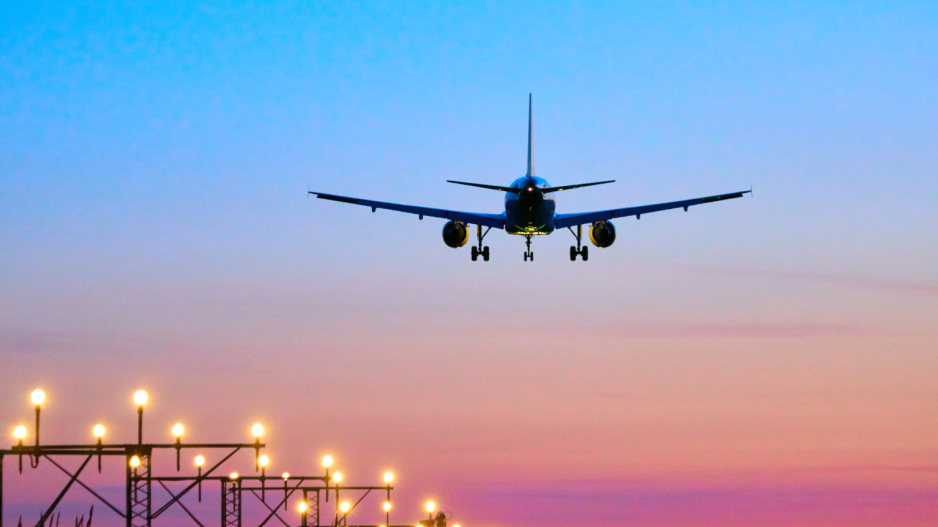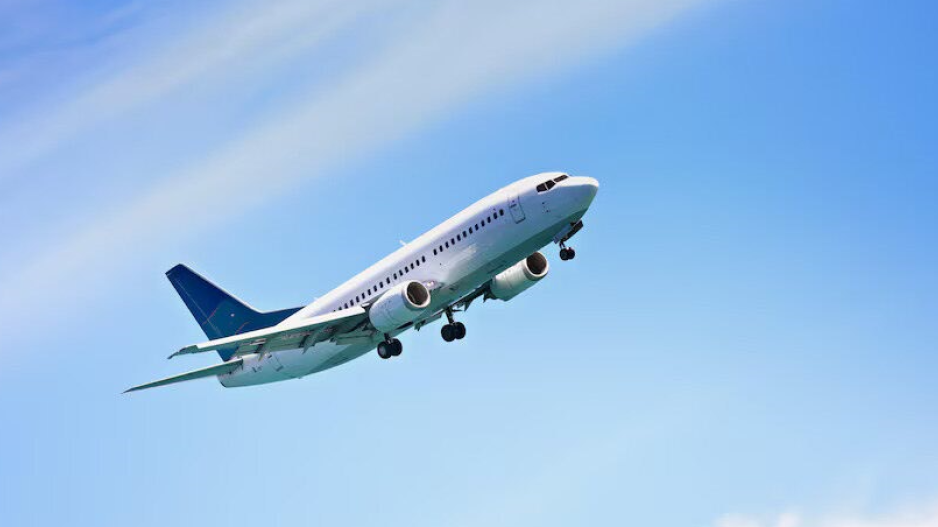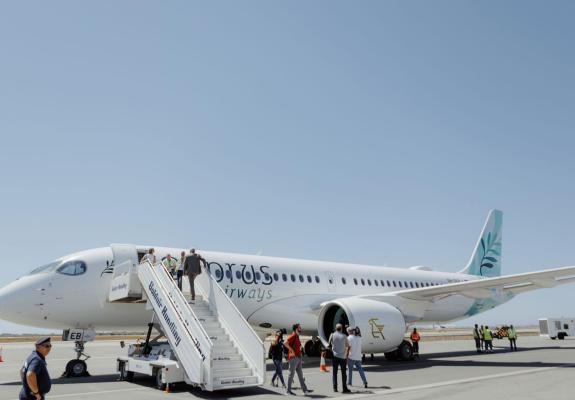Is the Low-Cost Airline Model Reaching Its End?
How Increasing Expenses and Market Shifts Are Reshaping Budget Airlines
The business model that has supported low-cost airlines for decades is facing increasing pressure. With operational costs soaring, many passengers are opting for traditional airlines that offer more comfort and better services. According to U.S. media reports, the low-cost airline strategy relies on offering inexpensive tickets for short-haul routes while charging additional fees for services such as baggage, seat selection, and in-flight meals. These airlines often operate from smaller airports with lower landing fees. However, growing competition from full-service carriers on domestic routes, along with rising labor and maintenance costs, is eroding this model.
Under investor pressure, U.S.-based Southwest Airlines announced in 2023 that it would discontinue its open seating policy as part of a strategy to boost revenue. Similarly, Frontier Airlines plans to introduce premium seating and first-class options by late 2025. Aviation consultant Mike Boyd, president of Boyd Group International, told Yahoo Finance that "the ultra-low-cost model is failing because these airlines no longer have ultra-low costs."

The financial outlook for budget airlines is also concerning for investors. JetBlue’s stock recently plummeted after its 2025 projections disappointed Wall Street, citing high expenses and lower-than-expected revenue in its latest financial quarter.
In January, Southwest CEO Bob Jordan acknowledged the company faces "heightened cost inflation, particularly in wages, airport fees, and healthcare costs." The airline has set a goal to cut $500 million in expenses by 2027, emphasizing that "cost reduction will be relentless."
Low-cost airlines have generally underperformed compared to the broader aviation market. Over the past 12 months, United Airlines stock surged 140%, Delta Airlines rose 60%, and American Airlines increased by 7%. In contrast, Frontier Airlines gained just 15%, JetBlue fell by 5%, and Southwest lost 10% of its value.
The increasing demand for international travel and an oversupply of domestic flights have made it difficult for budget airlines to raise prices, further complicating their ability to offset rising costs. Fuel price hikes have squeezed profit margins, staff shortages have increased labor costs, and competition in regional markets has intensified.
Dean Rotchin, CEO and founder of private jet company BlackJet, explains, "Higher fuel costs reduce profit margins, staff shortages drive up labor expenses, and competition in regional routes is fierce."

Low-cost carriers are not just cutting expenses; many are attempting to expand into new markets, though with mixed success. Frontier Airlines, for instance, faces stiff competition from legacy carriers such as United, Delta, and American Airlines.
"You can't operate one flight a day from Charlotte to Atlanta or Boston and expect it to succeed when Delta offers 12," an industry expert explains. "Budget airlines lack a significant presence in these markets and don’t have strong brand recognition among consumers."
While budget travel remains popular, most analysts argue that offering lower prices alone is no longer enough to sustain the low-cost airline model.






